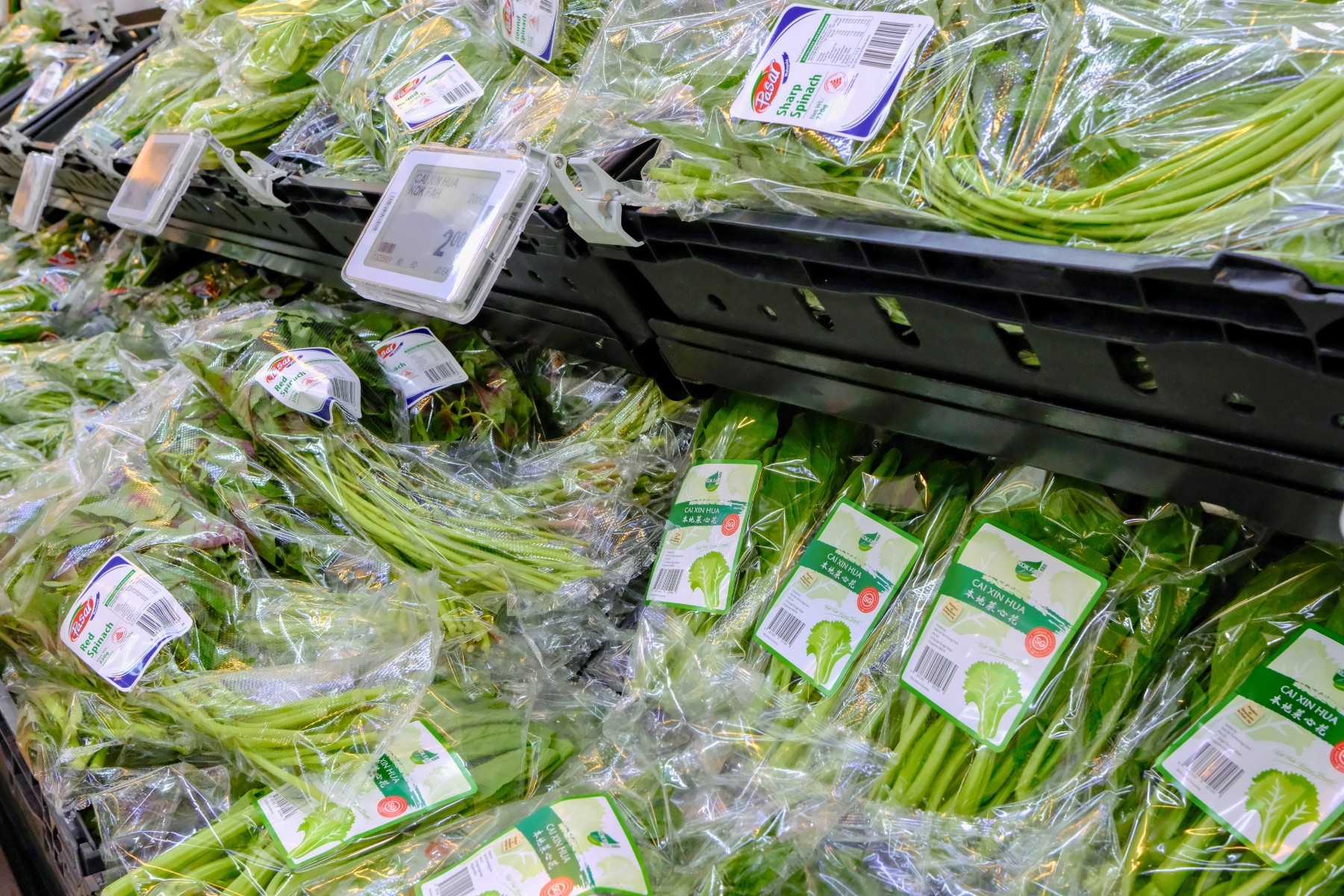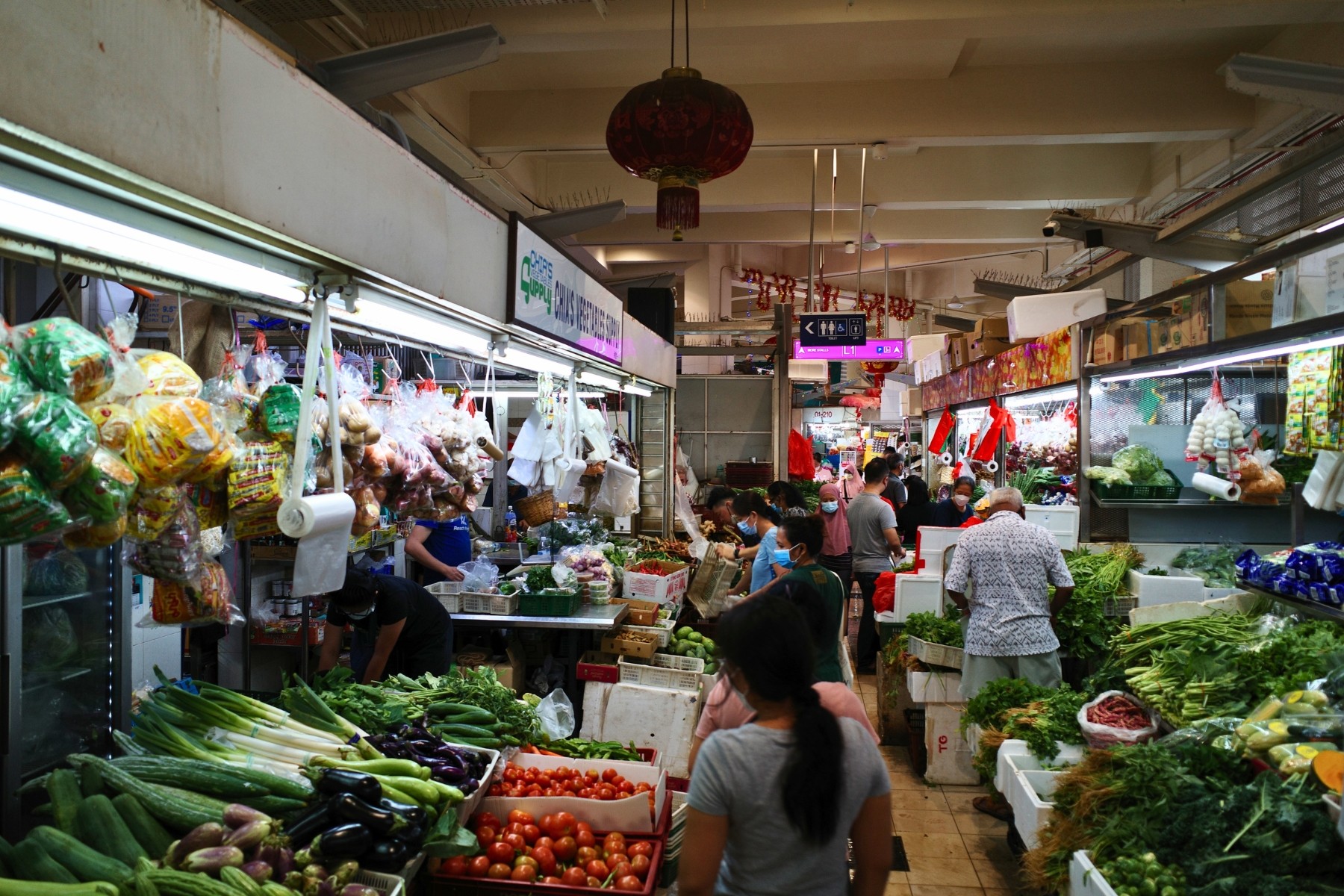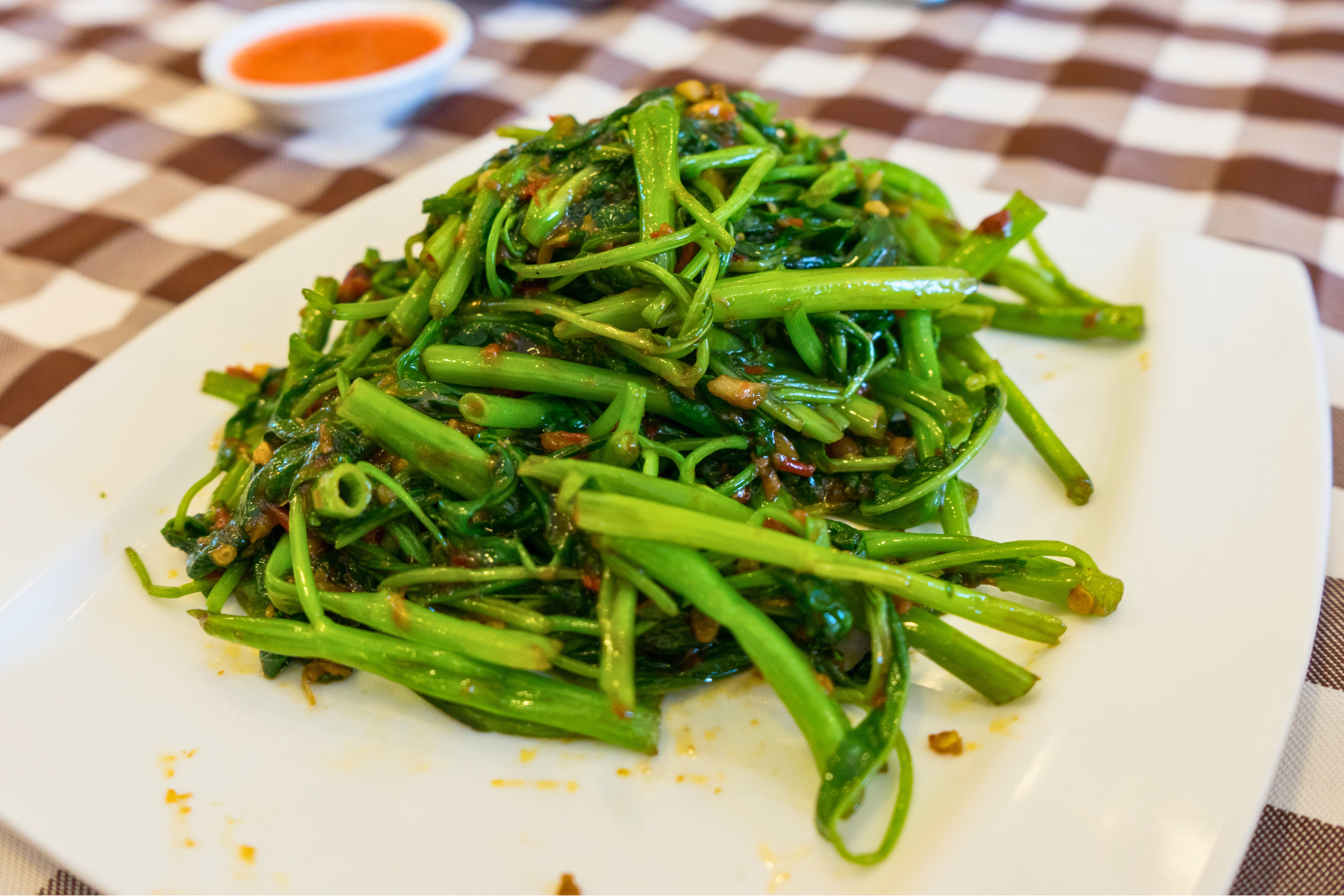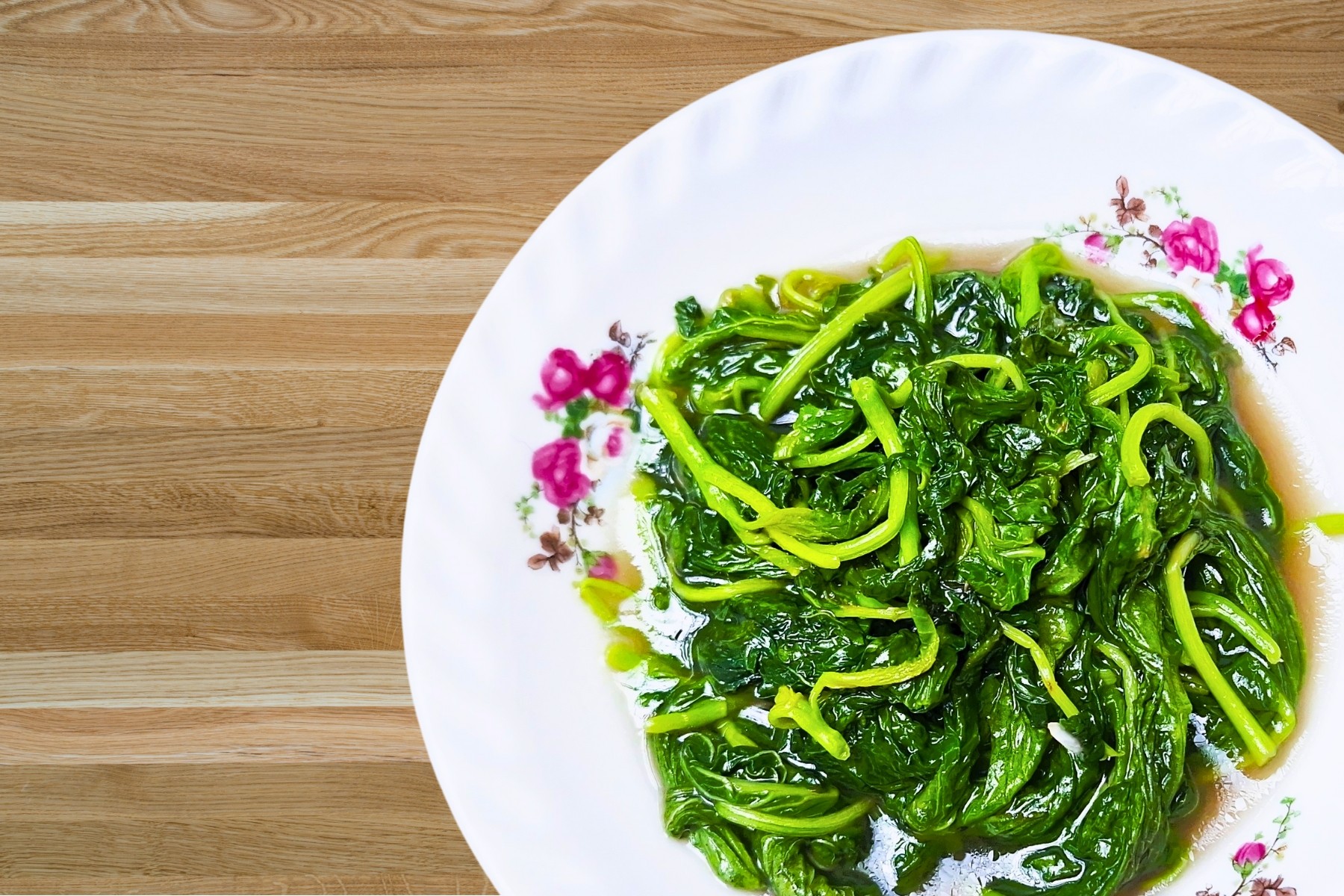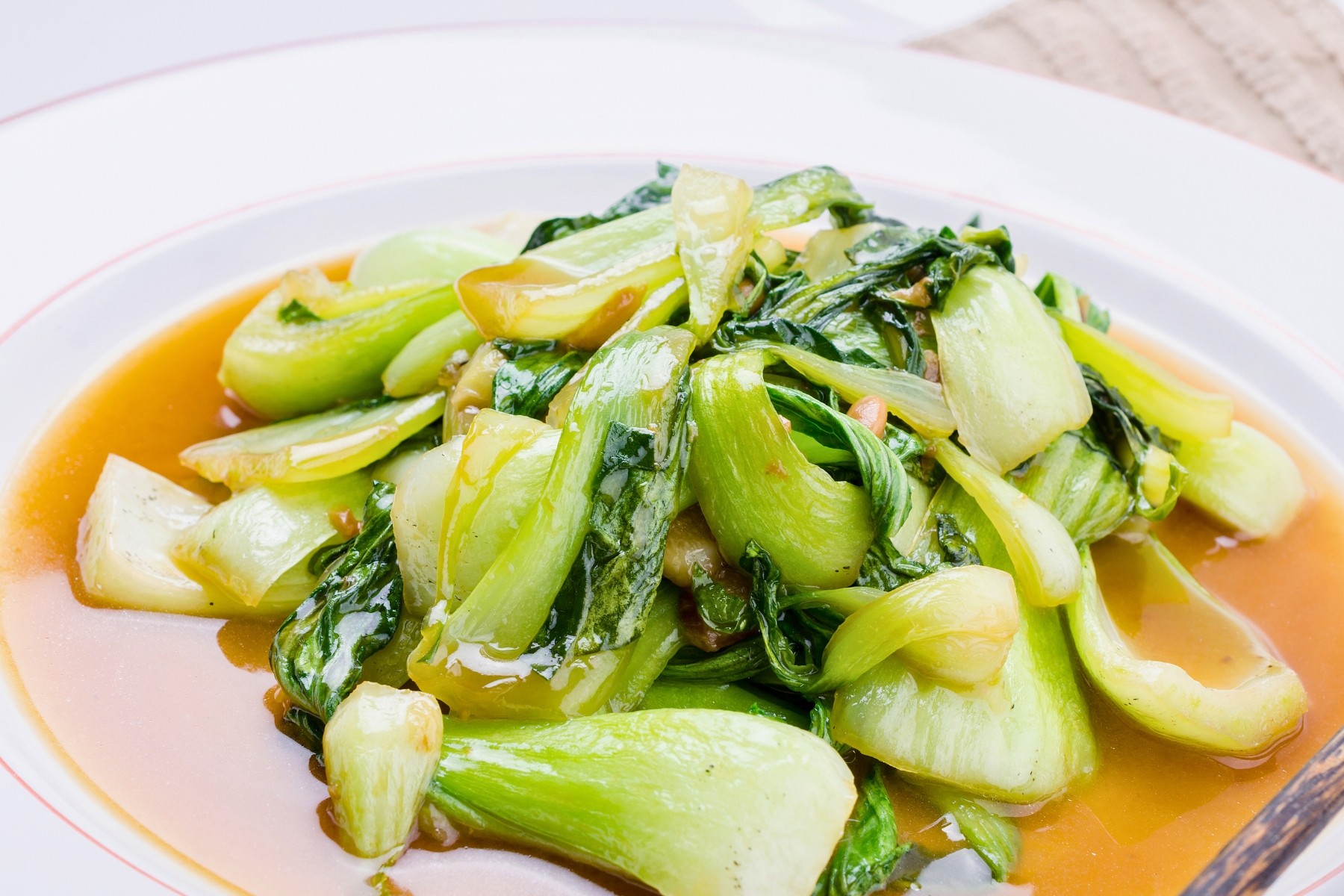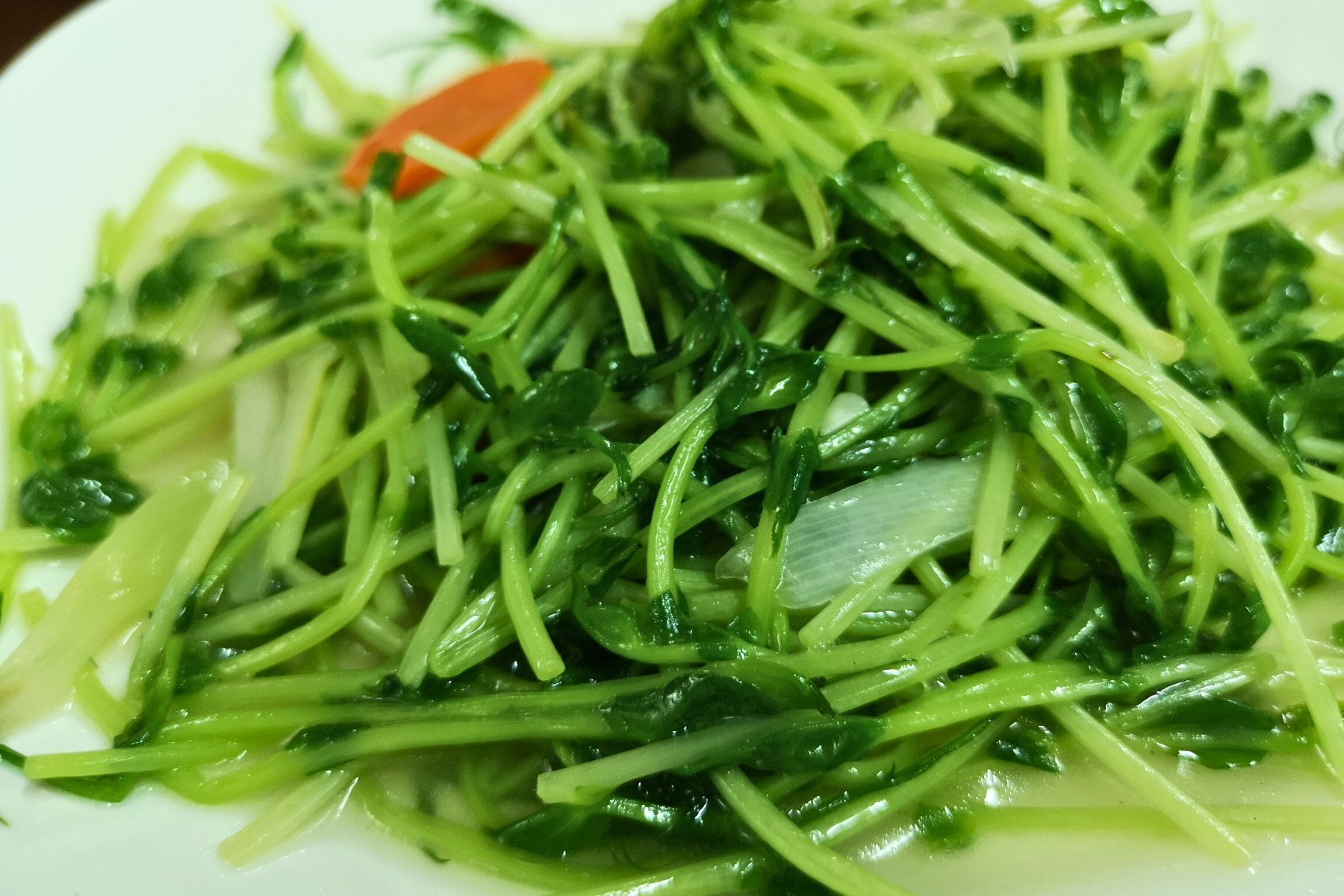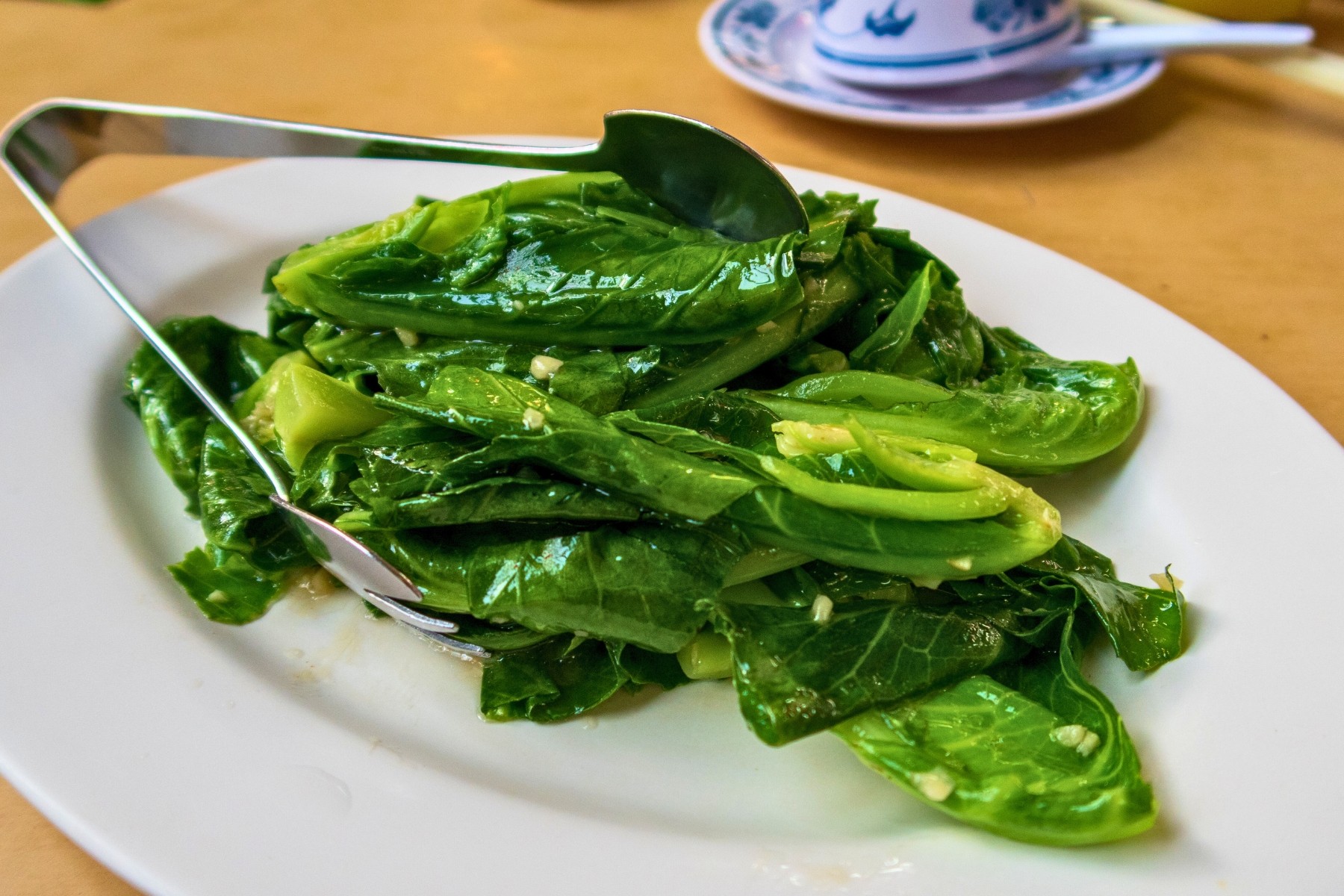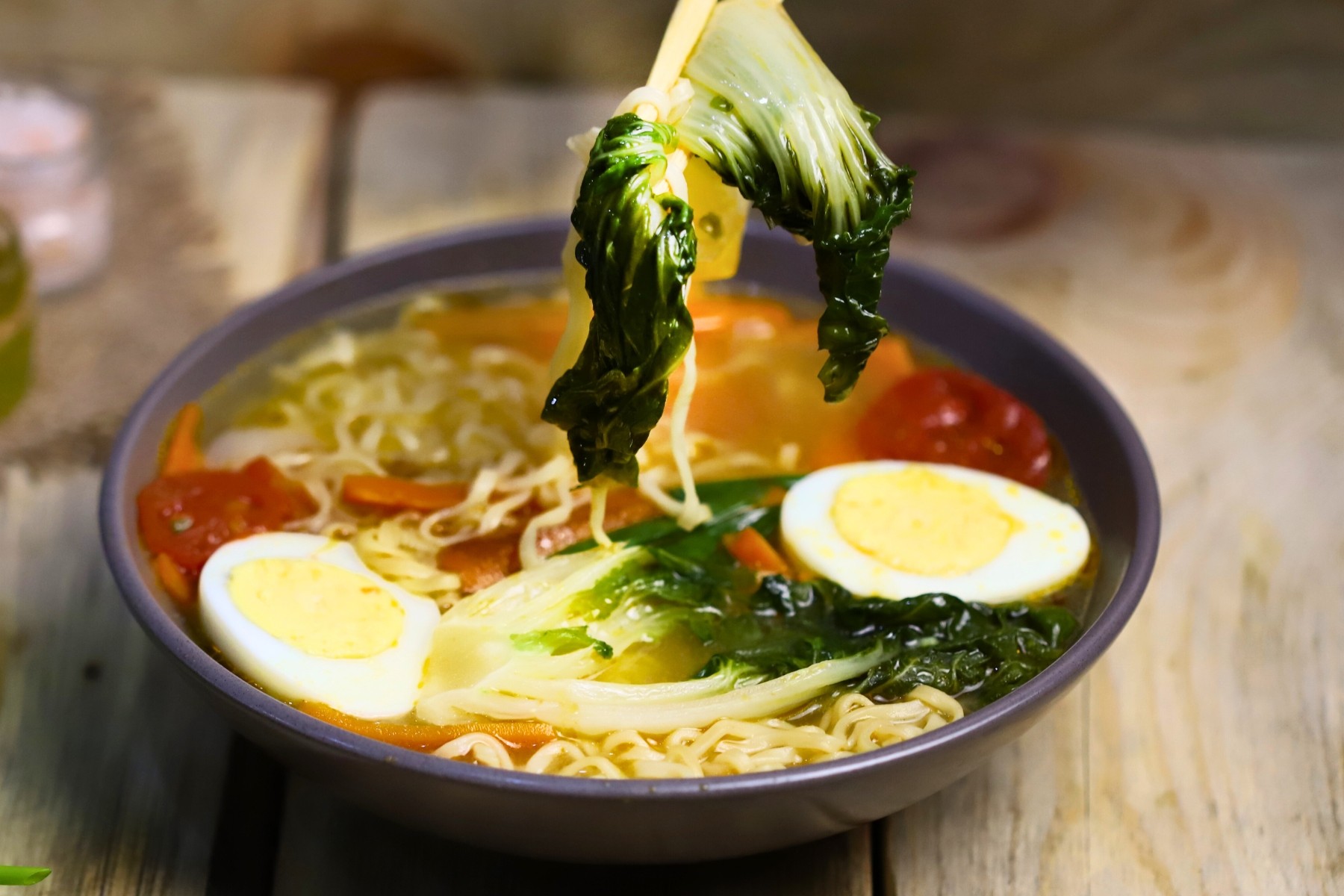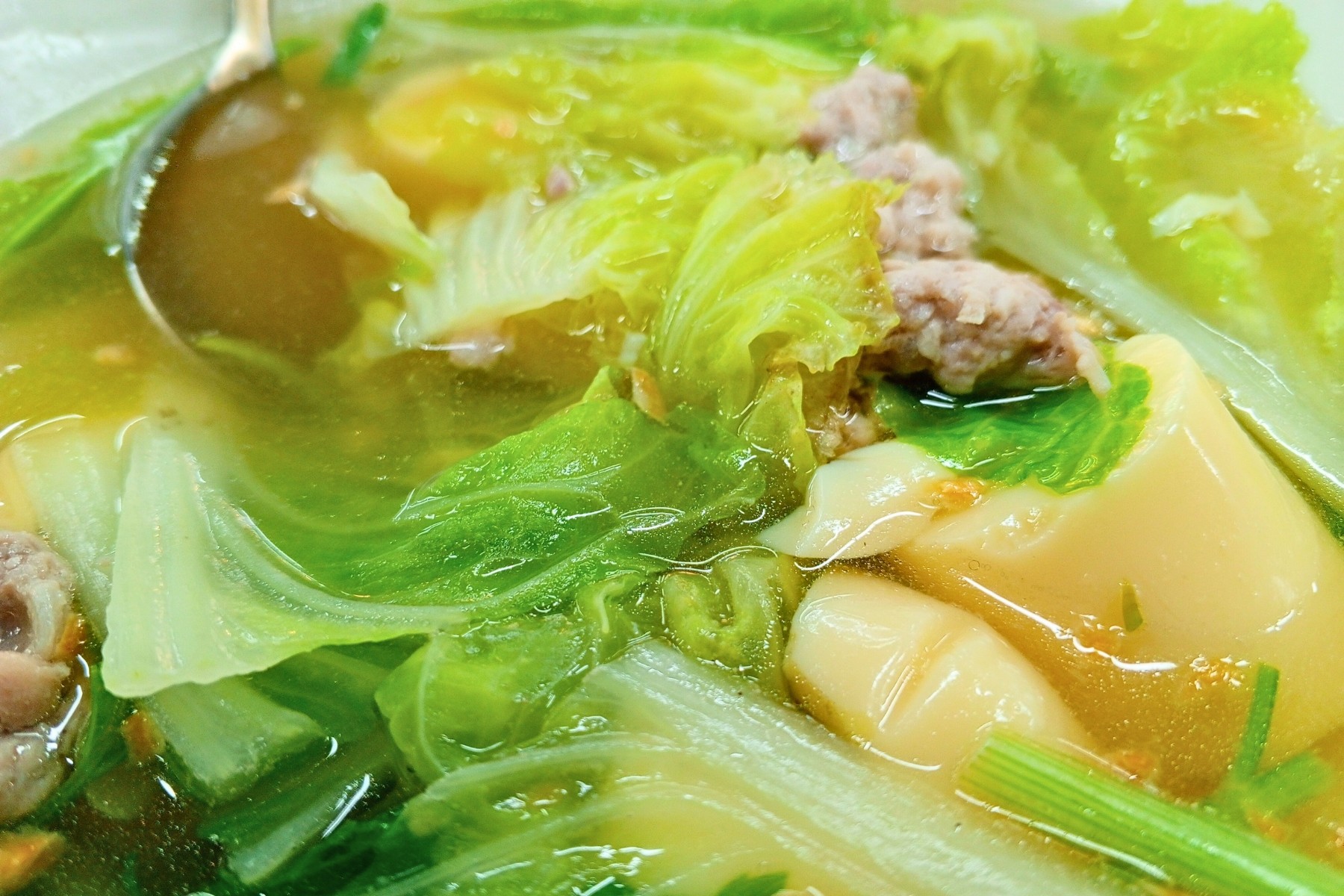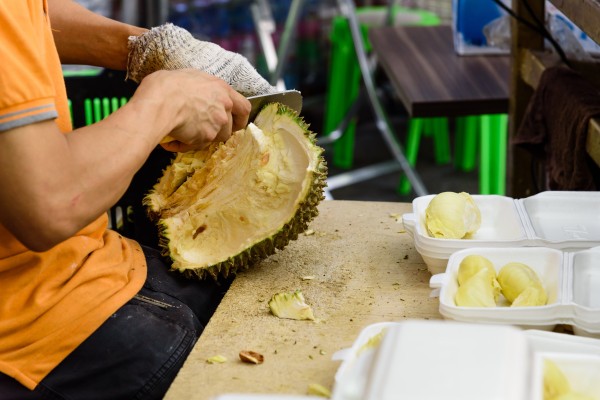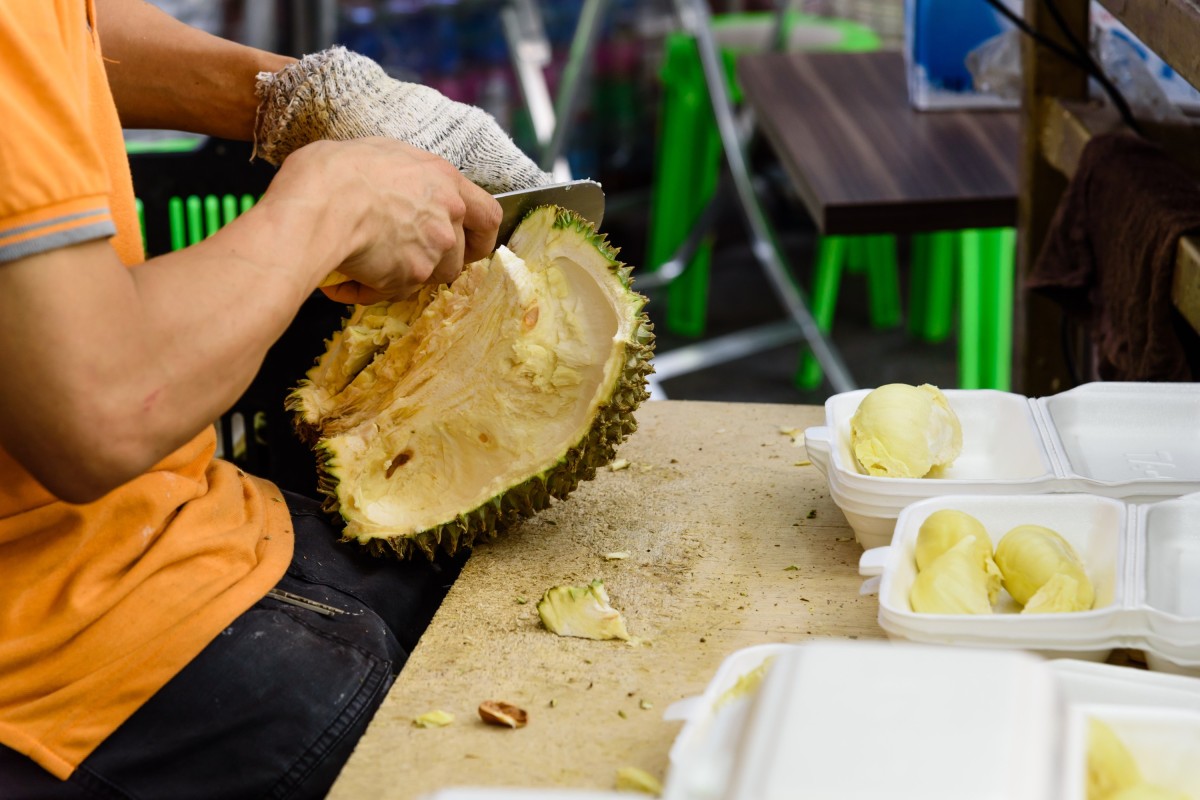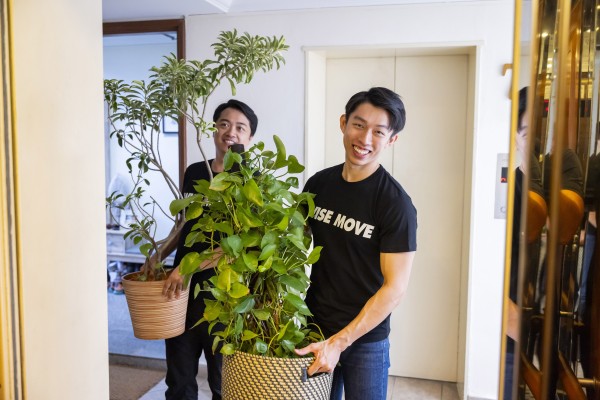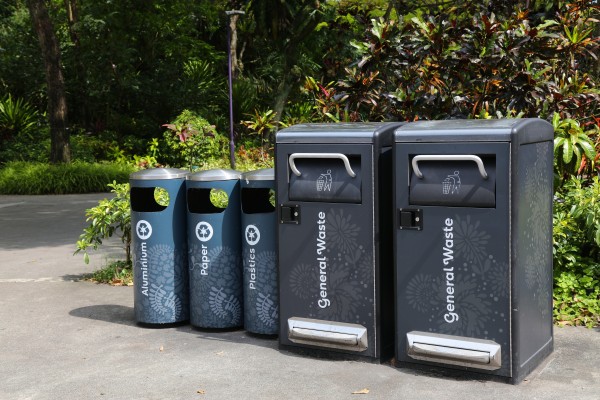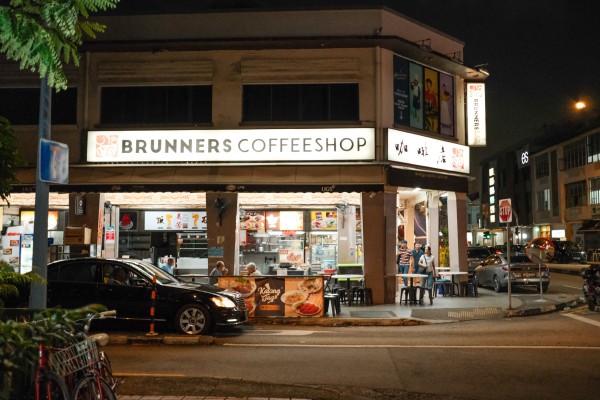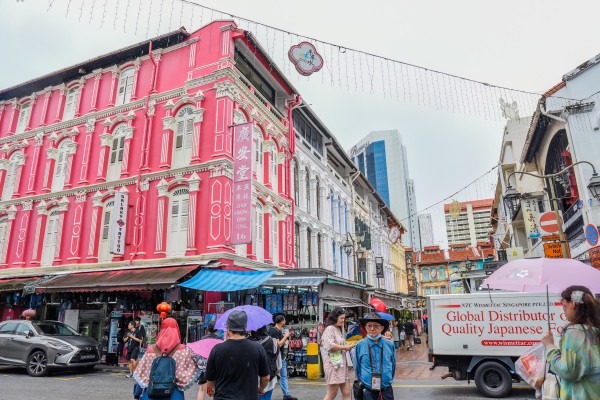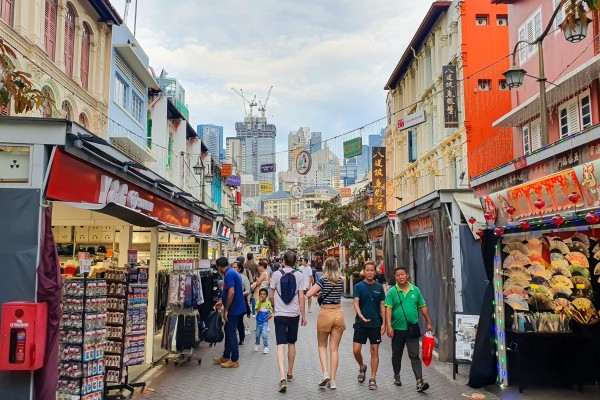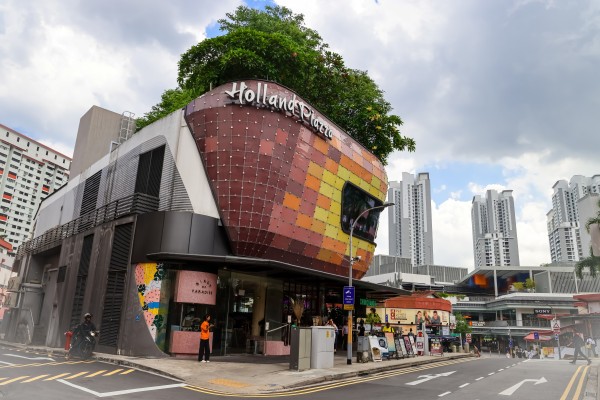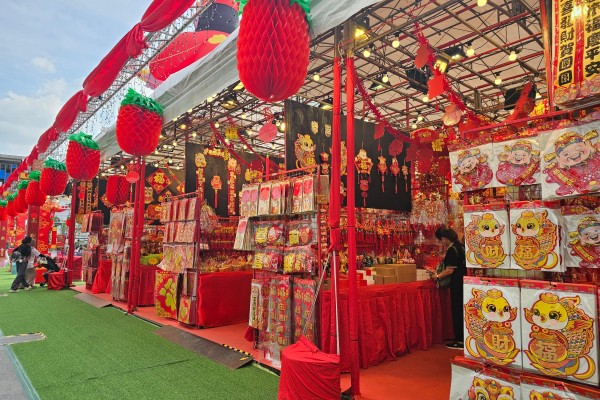How to buy and cook local Singapore vegetables

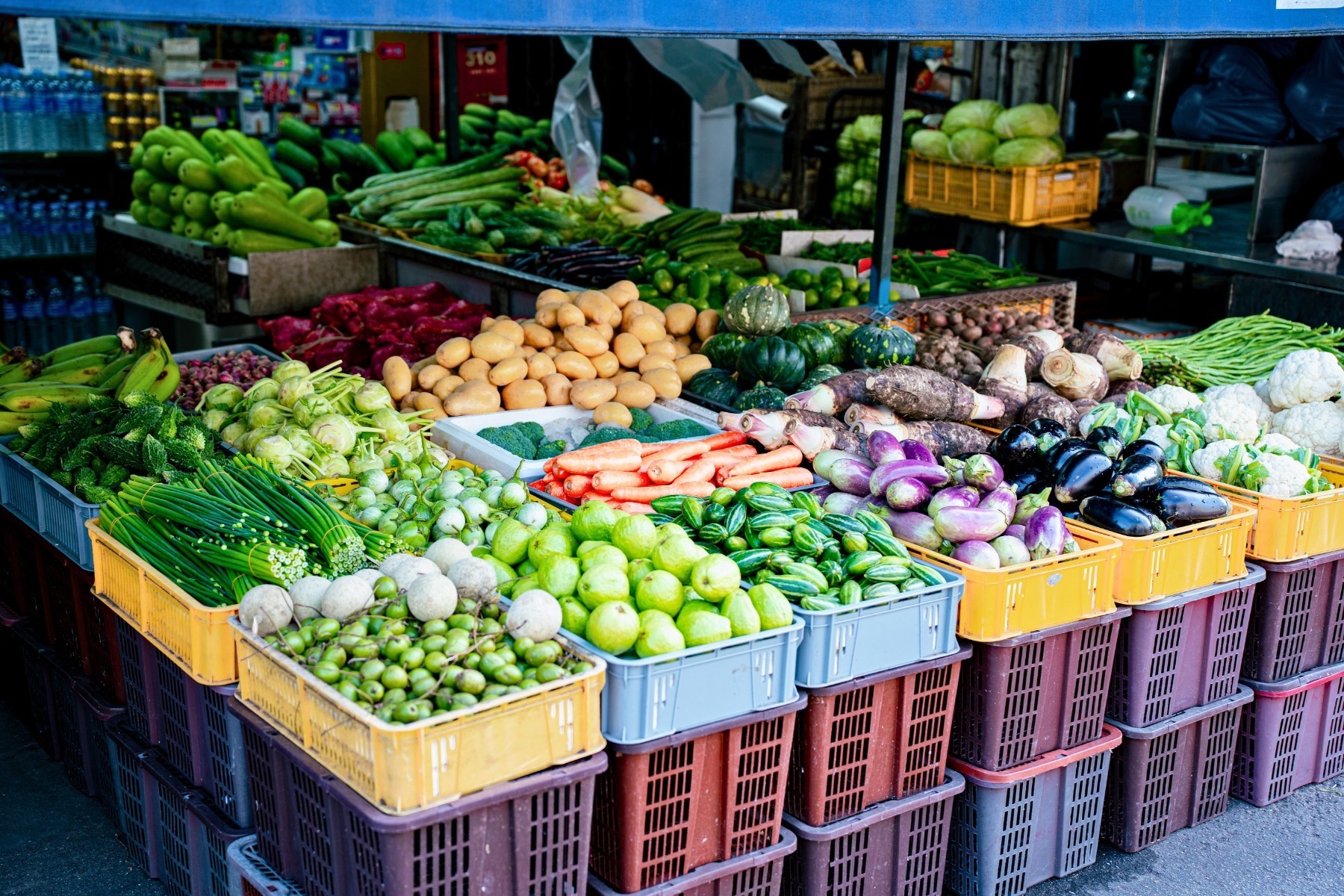
If you’ve been to the supermarkets or grocery stores here in Singapore and seen lots of green leafy vegetables that seem to look and sound the same, you’re definitely not alone. Local greens may appear indistinguishable from each other, and so different from what you’re used to back home.
Sure, you’ll be able to find the familiar broccoli, cauliflower, lettuce, cucumber, asparagus, Brussels sprouts, okra, and bitter gourd to whip up those comforting veggies like you’re used to cooking.
But when in Singapore, why not cook as the Singaporeans do? Why not try some of the numerous fresh leafy veggies that look so enticing at the wet markets or in supermarket baskets across Singapore?
Our quick guide explains the best way to cook local veggies at home.
Pssst: the answer is often stir-fried over high heat with plenty of chopped garlic and a splash of stock and soya sauce.
Inside this guide
Introduction to Singapore vegetables
If you haven’t had a taste of oyster sauce stir-fried baby kailan or nai bai, sambal kangkong or sweet potato leaves, or baby spinach poached in eggs three ways at your neighbourhood’s zhi char stall, you really should. It’s the quickest way to have a taste of the veggies.
If you’re unsure about all the options on the menu, simply ask for the veggies to be stir-fried with garlic. It’s a fail-safe winner for all veggies, always.
The leafy greens we get in Singapore are grown either in Malaysia or locally at hydroponic or aeroponic farms, so you can buy them fresh for your meal. Supermarkets sell them in clean packs of approximately 200g, perfect for a family of 3 or 4 for a single meal, which can be easily doubled up if you wish.
The flavours tend to be mild, sometimes slightly sweet with a tiny hint of bitterness and crunch, which makes them great for quick stir-fries. They’re also easily cooked in soups, imparting their earthiness and sweetness for a flavourful punch.
Where to find local greens
Vegetables in Singapore are available for sale at many places all around the city.
You’ll find them at wet markets, supermarkets like NTUC FairPrice, Cold Storage, Giant, Sheng Shiong, and Prime, as well as small neighbourhood fruit and vegetable stalls under HDB blocks or at the town centres.
They’re all safe and clean to purchase, but bear in mind that while prices are fixed at supermarkets with clearly printed price tags and labels, purchasing your veggies from wet markets or those small neighbourhood stalls is an experience in itself.
Vendors say they charge by weight, but as with many small stalls, prices may vary depending on their cost price for the day, how much you actually purchase, and sometimes even how much the vendor likes you or how they feel that day!
Why try local vegetables
As a multicultural society, Singapore has access to a wide variety of vegetables. Whether you’re looking for vegetables from Western or other Asian countries, chances are, you’ll locate them at a supermarket or local wet market stall.
So why bother to try local greens?
They’re cheap, delicious, nutritious, and freshly picked, so why not?
Locals have eaten these greens for generations, and they're perfectly suited for Singapore’s climate and cuisine. Incorporating them into your kitchens is a great way to connect with our culture, too.
These leafy greens are also really high in vitamins A, C, and D, as well as minerals like potassium, calcium, and iron, and lots of fibre. So don’t let your uncertainty about what they are stop you from trying them!
7 popular Singapore vegetables to cook
Convinced? Save this guide to match the names of the vegetables you spot at the grocery store!
Kang Kong
Also known as Water Spinach, Kang Kong is a hardy, semi-aquatic vegetable that has thin, hollow stems and pointy green leaves.
Rich in vitamins A, B, and C, iron, calcium, and potassium, kang kong is a very nutritious vegetable that locals love. Not to be confused with Sweet Potato Leaves, which are often cooked in the same way and can be substituted for each other in cooking.
It is often harvested when the shoots are tender, so that a quick stir-fry renders it crunchy yet chewy at once. Kang kong stir-fried in sambal, a fermented prawn paste chilli, is a must-try when you’re at coffeeshops and restaurants. At home, a simple stir-fry with minced garlic, shallots, and oyster sauce is all you need to enjoy the sweetness of this leafy veggie!
Chinese Spinach
You’ll see this variety of spinach, also known as Bayam, most frequently in Singapore, freshly packed from root to leaf.
It can get pretty confusing because many vegetables will be labelled “spinach”, yet none of which look similar to what you’re possibly used to. That’s because they’re totally different plants.
The spinach you typically eat raw in salads is known as Spinacia oleracea, while the spinach you’ll see frequently in Singapore is actually Amaranthus.
You’ll see some common varieties in local supermarkets and vegetable stalls, including:
- Sharp Spinach with its sharp leaves.
- Baby Spinach, which is the young version of 'Sharp Spinach'.
- Round Spinach with rounded leaves.
- Red Spinach with purplish leaves.
They’re a good source of vitamins A, B, C and D, potassium, and calcium. All of these taste excellent cooked in soups or in a simple stir-fry.
Bok Choy
Spotted this adorable vase-shaped vegetable with pale stems and deeper green leaves at your last supermarket trip, and wondered how you can cook with it? It’s typically labelled as Bok Choy or Shanghai Green in supermarkets. It's also sometimes available in their “baby” varieties, which are basically harvested earlier.
Like with all local greens, simply stir-fry Bok Choy with aromatics for a quick, nutritious addition to your rice. However, because it has juicy bulbous stems, Bok Choy can also be steamed and sautéed, flavoured by pouring your flash-cooked aromatics over it along with some light soya sauce and sesame oil.
Dou Miao
The shoots of the pea plant are delicious to eat: nutty, refreshing, crunchy yet tender. Fans of this vegetable may remember eating it in high-end Chinese restaurants in big cities. That’s because it’s typically a seasonal crop and harvested in the winter months.
However, Dou Miao, or Pea Sprouts, is happily available year-round in Singapore supermarkets and vegetable stalls because local vegetable farms grow it.
Packed with vitamins A, C, and K, iron, calcium, magnesium, potassium, and antioxidants, it’s also a good source of protein.
A quick stir-fry is the simplest way to cook this green. It’s also delicious poached in broth and topped with crispy anchovies, as well as raw in salads.
Kai Lan
If you think that the dark green glossy foliage of Kai Lan signals a vegetable that is high in iron, you’re absolutely right. Kai Lan, also known as Gai Lan or Chinese Broccoli, is a very nutritious vegetable that’s a firm favourite in local cuisine. It’s especially sought after in its “baby” form, which is when the vegetable is harvested when the plant is much younger, resulting in less fibrous stems and sweeter leaves.
If you crave a bit of bitterness in your meal, choose the regular Kai Lan. Remember to remove the stems, as they’re notoriously tough and fibrous.
It's best cooked with garlic and oyster sauce in a quick (yes, you guessed it right) stir-fry.
Nai Bai
If you’ve seen these crinkly leafy vegetables with short milky white stems and thought to yourself that they resemble Bok Choy, that’s because they’re closely related. Known as Nai Bai or Milk Cabbage, these greens are a variety of Bok Choy with similar nutritional value.
It’s really easy to cook this at home, too. Simply stir-fry these vegetables with chopped garlic and soya sauce, along with dried or fresh shrimp for a sweet umami boost.
Chinese Endives
The endives you encounter here in Singapore may look and taste a tad different from the endives you’re used to back home, but they’re no less nutritious and delicious! Known as Chinese Endives or Pak Bo Cai here, they’re sweet and mild, and turn tender when cooked.
Chinese Endives are also a source of vitamins A, B, C, and K, as well as potassium, calcium, iron, zinc, and magnesium. Not to mention, selenium, which is an important mineral that protects against cell damage.
Stir-fries aside, Chinese Endives are delicious in soups and hotpots. The stems absorb all the flavours from the broth and are bursting with flavour.
How to store fresh veggies in Singapore
After purchasing your fresh vegetables in Singapore, it's essential to put them in the fridge straightaway. The heat and humidity would otherwise cause them to spoil quickly. Your fridge's crisper drawer is your best friend, with the ideal temperature and humidity levels to keep your veg fresh.
Leafy vegetables are best kept in breathable paper or plastic packaging with holes, or wrapped with paper, to keep the leaves fresh and crisp.
Pro tip: We also hear that using laundry mesh bags is a great storage solution.
Getting started in your new Singapore home
Excited to try cooking with these local vegetables in your new Singapore home, but need to get your move sorted nicely first? Wise Move is your go-to moving service provider. Use our booking platform to compare quotes from vetted moving companies, check reviews, prices and more to book the best moving team to help you settle into your new home away from home.
What do our customers say?







